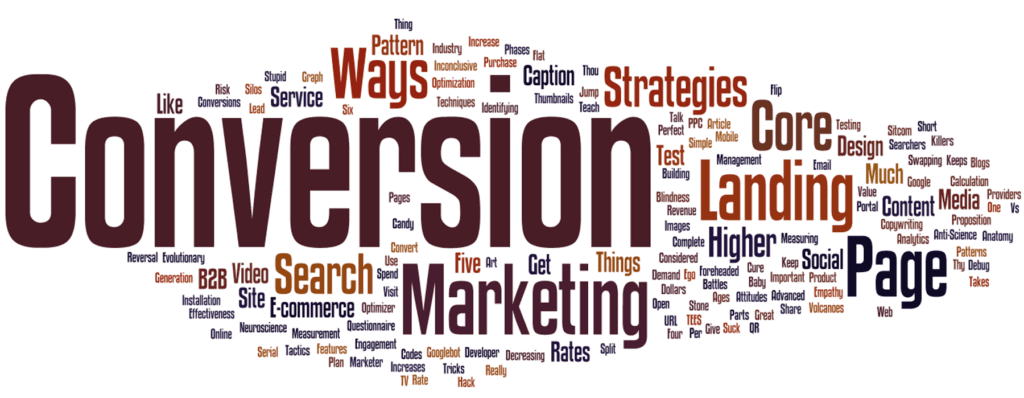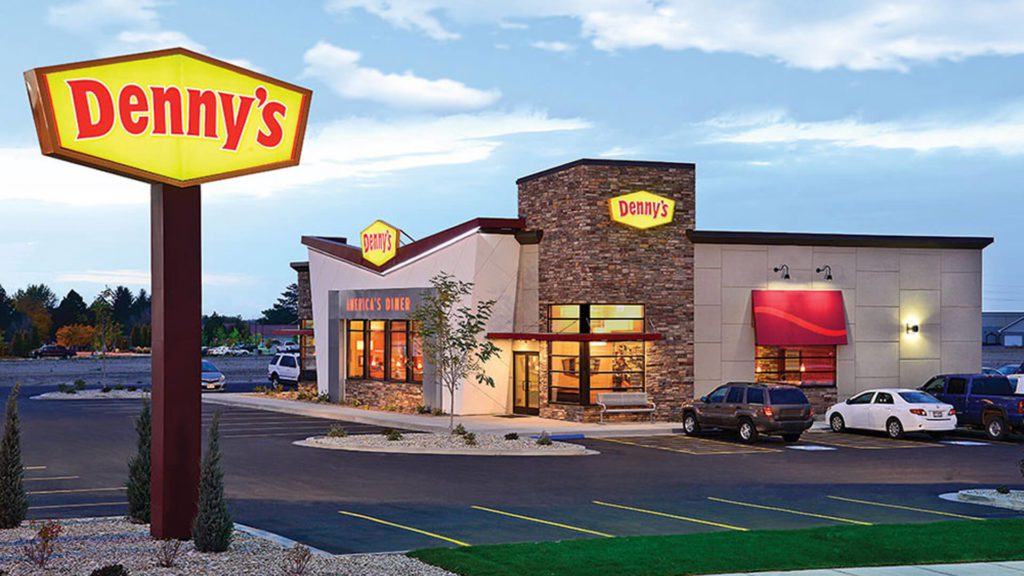All it takes is a quick dusting of your fingers across the keyboard to enter an inquiry into Google. By filling in your company’s city and industry, the results reveal a host of companies just like yours. These like-minded competitors exist in the same region, produce the same products/ services, and compete for the same target audience. With the competition now sighted in so closely, how do you fashion your brand as one that is capable of rising above?
When it comes to the pivotal task of standing out, a common pitfall is seeking to change your brand entirely. Bold rebrands, new products, and overdiversifying are a few side effects of these ill-contrived endeavors. Rather than rewrite the very core of your brand, achieve distinction over competitors by working to remain even truer to it.
“Always be a first-rate version of yourself and not a second-rate version of someone else.” – Judy Garland
By developing the four key components listed below, customers will trust in your brand’s ability to consistently deliver results in an honest and trustworthy manner.
Taking these points into account, we can piece together the key components of a successful and cohesive brand. Collectively, these building blocks will assemble your brand into a well-oiled machine.
The Center of It All
Brand Values are the compass that guides the entirety of a brand’s operations. These core components should take root within each company representative, branching out into every aspect of the brand. Values will help you make decisions and guide the ultimate trajectory of the company.
Most commonly, brand values tie into the personal values of the members within your organization. A common value is giving back to the less fortunate. Many corporations extend various types of support towards social causes and notable nonprofits within the community. Large Fortune 500 companies, such as GE and Bank of America, set up their own charitable foundations. DHD Films supports, among others, the Communities Foundation of Texas. This organization acts as the fulcrum connecting businesses to nonprofits, and hosts notable events such as Freedom Day and North Texas Giving Day.
Aligning yourself with philanthropic and charitable organizations centers your brand around a common cause. Not only does this balance your brand as a force for good, but it also proves to be an excellent way to show clients who you are and what you stand for.
Brand (Pinky) Promise
A brand promise is the unspoken contract between your company and your clients or customers. Some brands place their value in quick turnarounds, others in exclusivity of goods. Sometimes brands communicate a promise without even knowing it. If you don’t think you have a brand promise, comb through your website, social media, and marketing outreach to identify the common keywords that you are pitching to customers.
Another clever way to identify your brand promise is by generating a word cloud. Compile your last ten social posts, blog posts, and marketing slogans into an online generator, and see which words come out the largest. These will be the central components to your brand promise.

Discovering these keywords will help you align your branding to the promise that your customers perceive. Once you identify the correct messaging, centralize it as the keystone of your offerings. Now, you can flesh out the rest of your brand using the steady foundation of an established brand promise.
Raise Your Voice
After the two prior concepts are nailed down, a uniform brand voice needs to be developed. It’s important to remember that uniform does not equate to boring.
Take Denny’s for example.
The tone they assume on social media and through their daring advertisements may seem out of the box given their traditional dining atmosphere, but – eggs and bacon aside – the voice of this brand has earned them a cult following on social media. They generate impressions by the thousands as they closely track social trends and impart their own spin on them. Memes, puns, and plays on youthful slang words pepper their feed, gaining them follower after follower.

Tweets such as “the spice girls’ global success is an inspiration to condiments and toppings everywhere,” and “spaghetti is plate snakes,” may seem like nonsense. Yet the positioning of this brand’s voice has catapulted a once-antiquated diner into the big leagues. Denny’s brand recognition went through the roof just as company profits soared on the charts. The voice that your brand assumes is instrumental to compelling your desired audience.
Right on Target
Once you’ve configured the infrastructure of your brand, put it to work for you. Establishing a firm identity does wonders for the process of attracting customers, but who are those customers? Once your identity is cemented it’s time to shift gears into developing a target audience.
The first step is setting parameters to delineate your audience. Depending on whether your company operates as a business to consumer (B2C) or business to business (B2B) organization, your targeted demographic will have differing components. B2C companies will have more success marketing to the masses and making broad-base appeals. On the other hand, B2B organizations will need to pursue the elusive executives who control the gamut of buying decisions and focus their messaging to address their pain points.
Regardless of your audience, one common truth proves ever-applicable: People do business with other people, not with faceless entities. Overly-curated branding may look aesthetically appealing, but to win the favor of targeted companies, you must appeal to the humans who run them. Not all targets will respond to the same appeals, but it never hurts to be a little more personable in order to stand out from the barrage of impersonal advertising they might see on a daily basis. Companies must detail who they are in order to build rapport with potential clients. Once trust is established, customers are primed to enter into the sales funnel.
Time To Get to Work(shop)
It’s up to you to construct and communicate your organization’s identity. An undefined brand leads to an undefined audience. When consumers are confused about your brand, you are not doing a good enough job of defining it. If you’re struggling with working through your branding or honing your brand elements, consider attending a brand workshop. Brand workshops allow an opportunity to work alongside seasoned professionals to define your brand in its entirety and position yourself for maximum client attraction.
